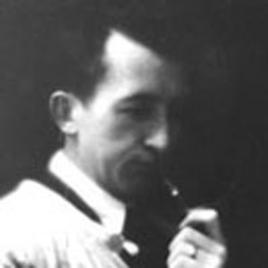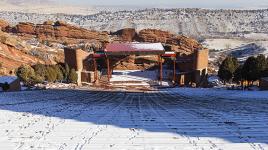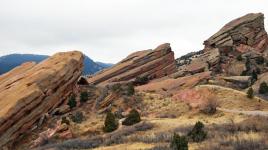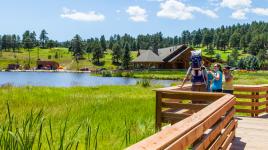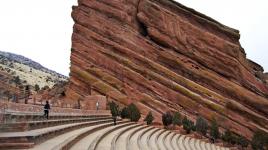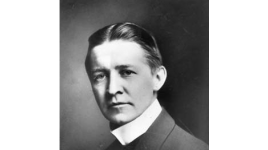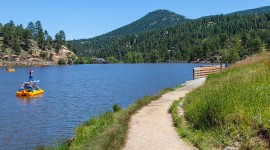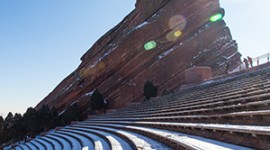Pioneer Information
Born in Denver, Hoyt began an apprenticeship with the architecture firm of Kidder and Wieger shortly after completing his high school studies in 1904. In 1908, he moved to New York City to enroll at the Beaux-Arts Institute of Design. Following university, he trained with the firm of George Post and Bertram Goodhue before serving in the U.S. army during World War I. Returning to Denver in 1919, Hoyt went into practice with his architect brother, Merrill.
The Hoyt’s firm took advantage of the post-war architecture boom, and the pair quickly made a name for themselves designing buildings in the English Gothic, Spanish Baroque, and other historical revival styles. In 1926, Hoyt returned to New York City, commissioned by John D. Rockefeller to design the interior for Riverside Church with the firm of Allen, Pelton, and Collens. While there he taught at New York University, becoming Dean of the School of Architecture in 1930. In New York City he continued to practice with his own firm, Hoyt and Hoyt, from afar, an association that ended after his brother’s death in 1933. In 1936, he returned to Denver, going into private practice. One of the first Colorado Modernists, his work in the International Style gained him national recognition. His first commission for the Bromfield Residence, a modern house in Englewood, Colorado which was covered in national publications, set the stage for his later projects which included: the Denver Press Club, Boettcher School for Crippled Children, Albany Hotel, Colorado Springs High School, Central Denver Public Library, and, working with the Civilian Conservation Corps, the Red Rocks Amphitheater in Morrison, Colorado which integrated the natural landscape into its design. Diagnosed with Parkinson’s disease, Hoyt retired in 1955.




